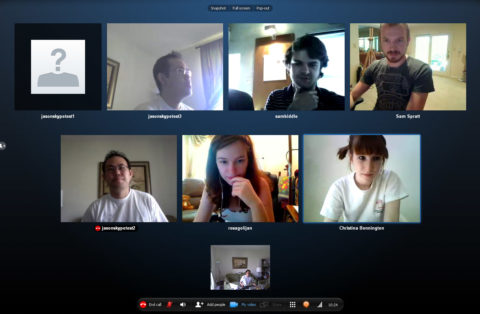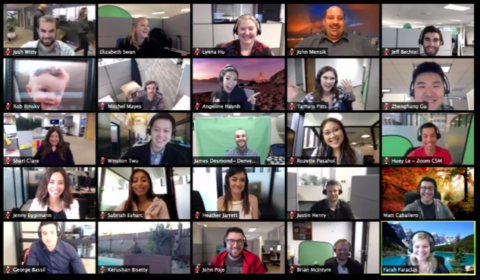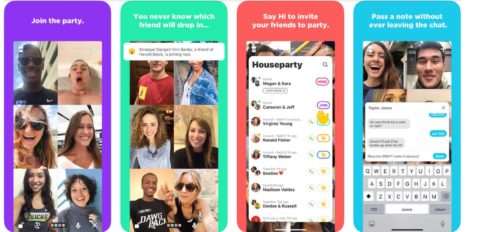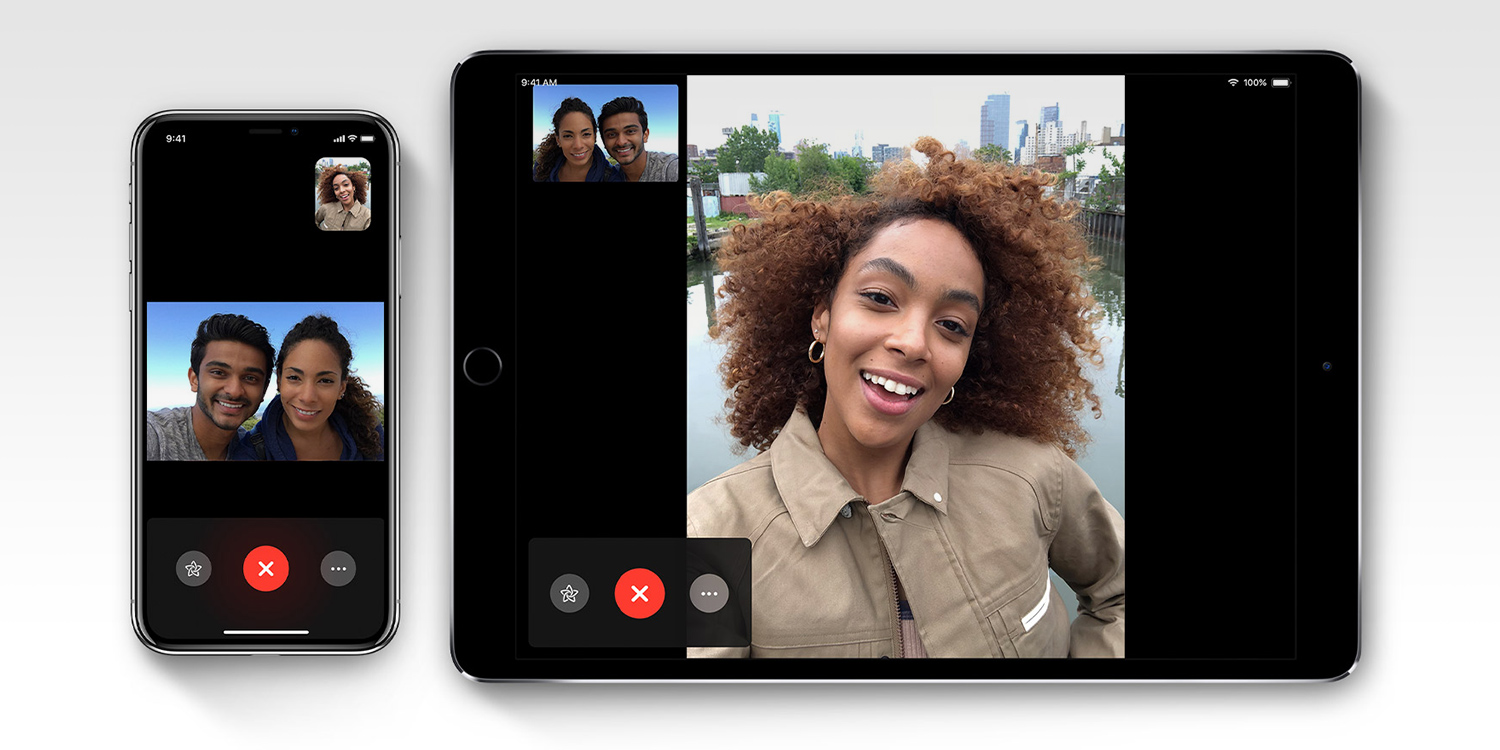We take a close look at the App Store’s best and brightest video conferencing apps so you can choose which is the perfect fit for you
Working from home can be hard – especially if you and your colleagues haven’t figured out the best way to hold virtual meetings. Sure, FaceTime works great for group calls – if you all have Apple devices. Meanwhile, Facebook Messenger and WhatsApp are useful for quick-fire texts or short video calls, none are purpose-built video conferencing apps designed for remote working.
So instead, let’s take a look at some of the App Store’s best and brightest apps for video conferencing, and break down exactly what each service has to offer so you can choose which is the perfect fit for you – and your colleagues.
Skype
The main reason Skype might be a smart choice is that everybody knows its name – it’s a household brand that ushered in the age of video calling. For smaller businesses it’s a solid option for video conferencing, supporting up to 50 participants. Skype for Business increases this figure to 250. However, while Skype is a decent (and popular) option, it doesn’t feel quite so swish and isn’t as feature-rich as some of its competitors. Some users report that it isn’t as user-friendly, either.

Skype video conferencing.
In many ways, Skype feels like a video calling app better suited to making social calls. For modern age businesses, another option might be a better fit.
Google Hangouts Meet
Google Hangouts Meet – which is specially designed for businesses – is great for meeting and working with external clients from outside your workplace. It’s also a smart choice for businesses already using Google’s G Suite.
One of the reasons why Google Hangouts Meet is good for working with external clients is because the service runs from a Web app – there’s no additional software for participants in a video conference call to download. This could save you a lot of time. It also supports up to 250 participants and the interface is crisp and clean.

Google Hangouts Meet.
Google Hangouts Meet also captions conversations in real-time, making video conferencing more accessible for those who have a hearing impairment or who may speak another language.
And for G Suite users, it integrates well with Google’s other services, like Calendar and Drive. For instance, you can record calls and save them straight to Drive with a tap of a button.
Plus, Google Hangouts Meet is currently available free of charge for all G Suite and Education customers to support users through the coronavirus pandemic.
Microsoft Teams
Part of Office 365, Microsoft Teams is a more comprehensive service for communicating with colleagues. You might choose this option if you’d like an all-in-one service for chatroom chatting, calling, and collaborating. Teams does it all, while adding in a few extra features.
One of those is “blur background” – when it’s enabled, you won’t need to worry about tidying your house before making a video call. And like Google Teams Meet, Microsoft Teams supports live captioning, too.

Microsoft Teams.
Plus, the broadcast feature (which allows anyone to tune into a video broadcast) might be especially useful in higher education.
While coronavirus continues to rage, Teams can be yours free of charge for six months – five months longer than the usual trial version.
ZOOM Cloud Meetings
ZOOM could be the perfect solution for businesses or education – provided your meetings or seminars aren’t going to last more than 40 minutes.
This is because unlike its competitors, ZOOM’s free tier lets a large number of people join a meeting – up to 100 – but limits these calls to 40 minutes long (which may be a good thing, depending on your workplace).

ZOOM.
You can also raise a hand to ask to speak, or share your screen with colleagues. Plus, ZOOM can dynamically switch whoever is currently talking front and center. This happens quickly and responsively, ensuring video calls feel a little more natural.
And of course, if you need longer than 40 minutes, ZOOM’s paid tier removes this limit.
Houseparty
Houseparty is a little different, and best suited to keeping the social side of work relationships alive during remote working. Think of it as the virtual version of water-cooler chat.

Houseparty.
It’s free of charge and cross-platform, available for both iOS and Android. The concept is something different: Houseparty alerts you when your friends are “in the house” and lets you jump into a conversation quickly and effortlessly. It aims to make remote conversations more accessible – if someone has the app open on their device, that means they want to chat, meaning there’s no danger of ill-timed or rejected calls! The app also has some party games included for when you want to forget about work and have some fun.
So there you have it. While Microsoft Teams is a smart service that does it all, the right kind of video conferencing app for you is going to depend on your needs. The great news is that during the coronavirus pandemic, free trials are being expanded so for once, cost isn’t going to be a barrier.

